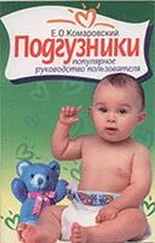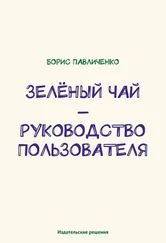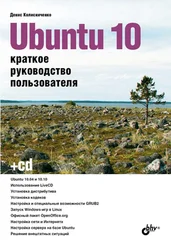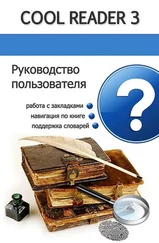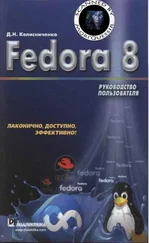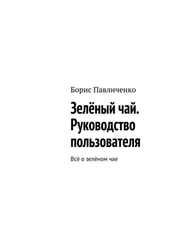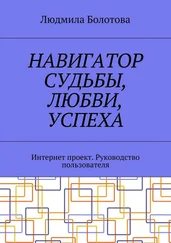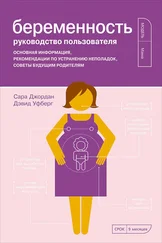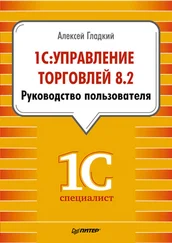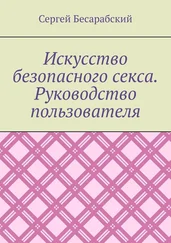D. M. Crookes et al., “Social Networks and Social Support for Healthy Eating among Latina Breast Cancer Survivors: Implications for Social and Behavioral Interventions,” Journal of Cancer Survivorship 10, no. 2 (2016): 291–301.
D. J. Attai et al., “Twitter Social Media Is an Effective Tool for Breast Cancer Patient Education and Support: Patient-Reported Outcomes by Survey,” Journal of Medical Internet Research 17, no. 7 (July 2015): e188.
L. Norton and J. Massagué, “Is Cancer a Disease of Self-Seeding?” Nature Medicine 12, no. 8 (August 2006): 875–878.
S. Paget, “The Distribution of Secondary Growths in Cancer of the Breast,” Cancer and Metastasis Reviews 8, no. 2 (1989): 98–101.
T. P. Butler and P. M. Gullino, “Quantitation of Cell Shedding into Efferent Blood of Mammary Adenocarcinoma,” Cancer Research 35, no. 3 (1975): 512–516.
L. U. Thompson et al., “Dietary Flaxseed Alters Tumor Biological Markers in Postmenopausal Breast Cancer,” Clinical Cancer Research 11, no. 10 (May 2005): 3828–3835.
U. W. Nilsson Åberg et al., “Tamoxifen and Flaxseed Alter Angiogenesis Regulators in Normal Human Breast Tissue In Vivo,” PloS One 6, no. 9 (2011): e25720.
K. Buck et al., “Serum Enterolactone and Prognosis of Postmenopausal Breast Cancer,” Journal of Clinical Oncology 29, no. 28 (2011): 3730–3738; S. E. McCann et al., “Dietary Lignan Intakes in Relation to Survival among Women with Breast Cancer: The Western New York Exposures and Breast Cancer (WEB) Study,” Breast Cancer Research and Treatment 122, no. 1 (2010): 229–235; P. Guglielmini, A. Rubagotti, and F. Boccardo, “Serum Enterolactone Levels and Mortality Outcome in Women with Early Breast Cancer: A Retrospective Cohort Study,” Breast Cancer Research and Treatment 132, no. 2 (2012): 661–668.
N. Guha et al., “Soy Isof lavones and Risk of Cancer Recurrence in a Cohort of Breast Cancer Survivors: The Life after Cancer Epidemiology Study,” Breast Cancer Research and Treatment 118, no. 2 (2009): 395–405; X. O. Shu et al., “Soy Food Intake and Breast Cancer Survival,” Journal of the American Medical Association 302, no. 22 (December 2009): 2437–2443.
Y. Li et al., “Sulforaphane, a Dietary Component of Broccoli / Broccoli Sprouts, Inhibits Breast Cancer Stem Cells,” Clinical Cancer Research 16, no. 9 (2010): 2580–2590.
B. S. Cornblatt et al., “Preclinical and Clinical Evaluation of Sulforaphane for Chemoprevention in the Breast,” Carcinogenesis 28, no. 7 (2007): 1485–1490.
M. L. Neuhouser et al., “Vitamin D Insufficiency in a Multiethnic Cohort of Breast Cancer Survivors,” The American Journal of Clinical Nutrition 88, no. 1 (2008): 133–139.
J. M. Beasley et al., “Post-diagnosis Dietary Factors and Survival after Invasive Breast Cancer,” Breast Cancer Research and Treatment 128, no. 1 (2011): 229–236.
S. Nechuta et al., “A Pooled Analysis of Post‐diagnosis Lifestyle Factors in Association with Late Estrogen‐Receptor – Positive Breast Cancer Prognosis,” International Journal of Cancer 138, no. 9 (2016): 2088–2097.
M. D. Holmes et al., “Aspirin Intake and Survival after Breast Cancer,” Journal of Clinical Oncology 28, no. 9 (2010): 1467–1472.
M. L. Kwan et al., “NSAIDs and Breast Cancer Recurrence in a Prospective Cohort Study,” Cancer Causes and Control 18, no. 6 (August 2007): 613–620.
V. E. Frankl, The Will to Meaning: Foundations and Applications of Logotherapy (New York: Meridian Books, 1988)
V. Beral et al., “Breast Cancer and Abortion: Collaborative Reanalysis of Data from 53 Epidemiological Studies, including 83,000 Women with Breast Cancer from 16 Countries,” The Lancet 363, no. 9414 (2004): 1007–1016; K. B. Michels et al., “Induced and Spontaneous Abortion and Incidence of Breast Cancer among Young Women: A Prospective Cohort Study,” Archives of Internal Medicine 167, no. 8 (2007): 814–820; G. K. Reeves et al., “Breast Cancer Risk in Relation to Abortion: Results from the EPIC Study,” International Journal of Cancer 119, no. 7 (2006): 1741–1745; J. Couzin, “Cancer Risk: Review Rules out Abortion – Cancer Link,” Science 299, no. 5612 (2003): 1498.
![Кристи Фанк Грудь. Руководство пользователя [litres] обложка книги](/books/392018/kristi-fank-grud-rukovodstvo-polzovatelya-litre-cover.webp)

